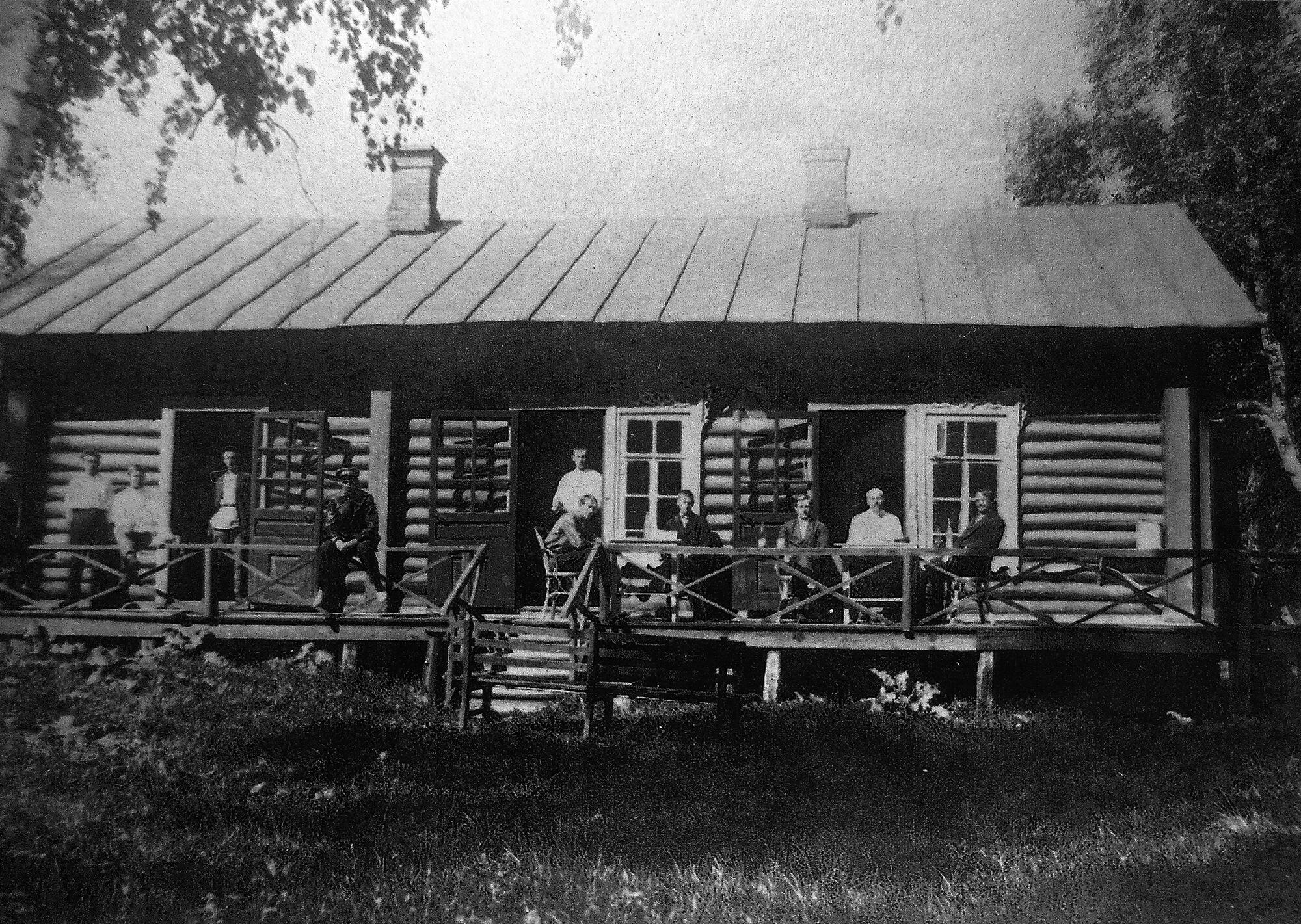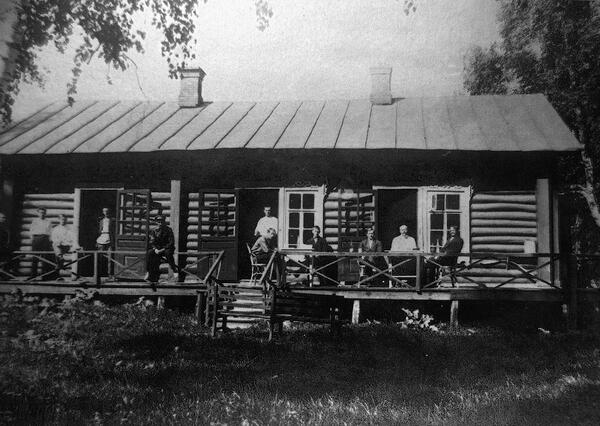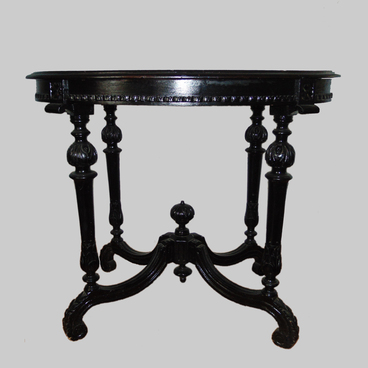In 1890, Olga Aksakova, beloved granddaughter of the writer Sergey Timofeevich Aksakov, opened a koumissotherapy clinic, one of the first in the Russian Empire, in the lands adjacent to her native village of Nadezhdino. This photograph depicts one of the buildings of the clinic.
The place chosen by Aksakova for the clinic was not by chance: in the 19th century, the Ufa province, where Nadezhdino was located, was already known as a koumissotherapy paradise. Firstly, transportation was already established there. Secondly, it was here that the Bashkirs abundantly produced koumiss itself — a sour milk product made from mare’s milk. Thirdly, these places had wonderful climate conditions.
Aksakova set up a koumissotherapy colony together with Samara doctor Vladimir Blagovidov. This clinic was considered one of the largest of its kind: it consisted of 22 separate houses, 8 apartments in the kursaal (a resort building) and numerous rooms in shared buildings. In total, up to 150 visitors could stay there simultaneously.
The rehabilitation season in Aksakova’s clinic started on May 15 and lasted till August 16. An entire crew was sent every season to ‘Belebey - Aksakovo’ station to meet the clinic’s visitors. The price of an apartment there depended on its size. For example, a one room apartment with one bed could be rented for 90 rubles (about $115 at that time) for the entire season, or 50 rubles (about $65) for only a half. Bigger apartments had their own kitchens, allowing their residents to cook their own meals. The rest were served local food. Many noted Aksakova’s exemplary farm products: dairy products such as milk, cream, varenets or butter were supplied locally from her own farm. You could also buy tea, sugar, white bread, matches, candles and other items and products in the local store.
Aksakova’s facility also had a partial water supply, which at that time was a luxury, not yet available in other hospitals and clinics. Water from the well was supplied by horsepower to a tank, and from there, water could be supplied to the doctor, kitchen, kursaal, vat for washing koumiss bottles or to the sauna. In order to quickly and conveniently provide clean clothes, a laundry room was constructed at the colony, also allowing senior residents to do their laundry locally, instead of giving it to the nearby villages. For entertainment purposes, a library was also organized. Games of tennis and croquet were also sometimes played. Music lovers could perform on the grand piano, while the audience was provided with comfortable and light furniture. The piano stood in an unusually high and beautiful kursaal, surrounded by flower beds. Unfortunately, it was destroyed by fire in the 1990s.
The place chosen by Aksakova for the clinic was not by chance: in the 19th century, the Ufa province, where Nadezhdino was located, was already known as a koumissotherapy paradise. Firstly, transportation was already established there. Secondly, it was here that the Bashkirs abundantly produced koumiss itself — a sour milk product made from mare’s milk. Thirdly, these places had wonderful climate conditions.
Aksakova set up a koumissotherapy colony together with Samara doctor Vladimir Blagovidov. This clinic was considered one of the largest of its kind: it consisted of 22 separate houses, 8 apartments in the kursaal (a resort building) and numerous rooms in shared buildings. In total, up to 150 visitors could stay there simultaneously.
The rehabilitation season in Aksakova’s clinic started on May 15 and lasted till August 16. An entire crew was sent every season to ‘Belebey - Aksakovo’ station to meet the clinic’s visitors. The price of an apartment there depended on its size. For example, a one room apartment with one bed could be rented for 90 rubles (about $115 at that time) for the entire season, or 50 rubles (about $65) for only a half. Bigger apartments had their own kitchens, allowing their residents to cook their own meals. The rest were served local food. Many noted Aksakova’s exemplary farm products: dairy products such as milk, cream, varenets or butter were supplied locally from her own farm. You could also buy tea, sugar, white bread, matches, candles and other items and products in the local store.
Aksakova’s facility also had a partial water supply, which at that time was a luxury, not yet available in other hospitals and clinics. Water from the well was supplied by horsepower to a tank, and from there, water could be supplied to the doctor, kitchen, kursaal, vat for washing koumiss bottles or to the sauna. In order to quickly and conveniently provide clean clothes, a laundry room was constructed at the colony, also allowing senior residents to do their laundry locally, instead of giving it to the nearby villages. For entertainment purposes, a library was also organized. Games of tennis and croquet were also sometimes played. Music lovers could perform on the grand piano, while the audience was provided with comfortable and light furniture. The piano stood in an unusually high and beautiful kursaal, surrounded by flower beds. Unfortunately, it was destroyed by fire in the 1990s.



